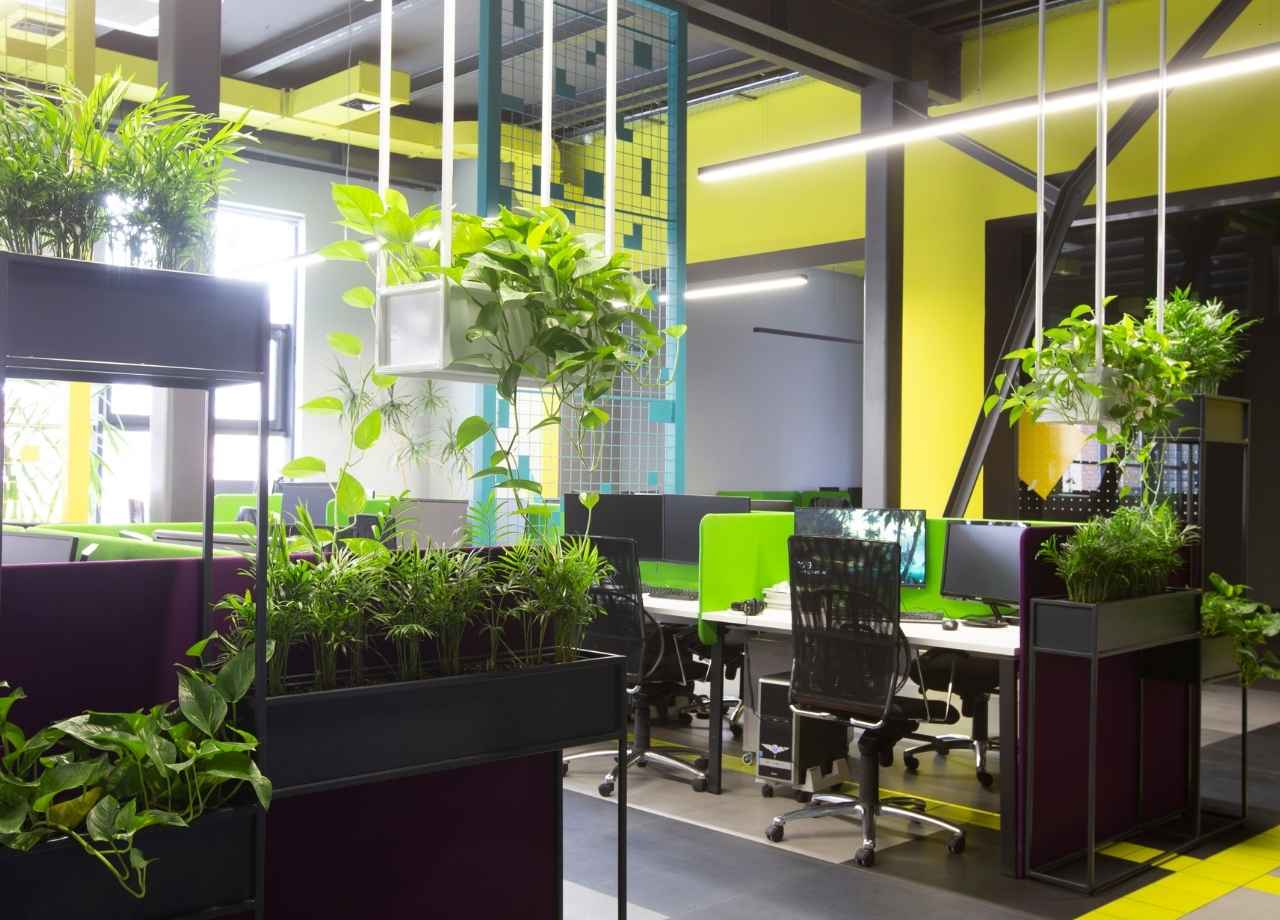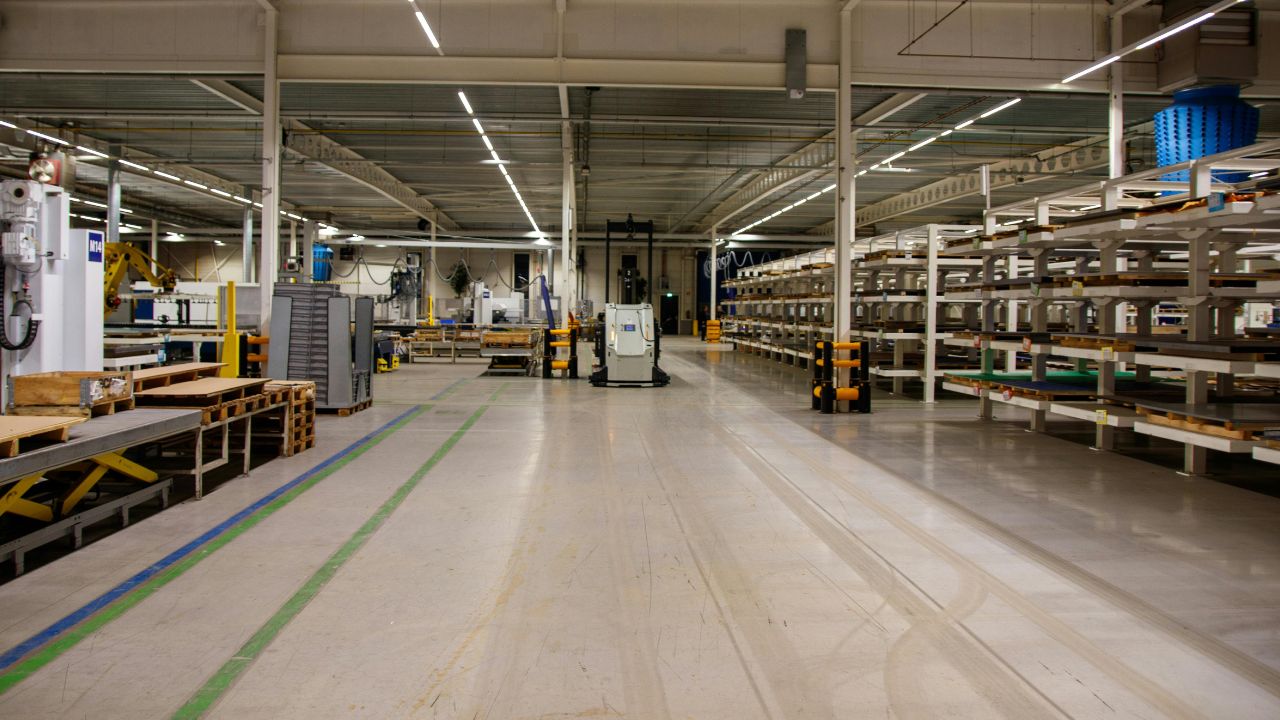How Interiorscaping Can Benefit a Commercial Facility
Artificial lighting, recycled air, and dull finishes dominate many commercial spaces. Long hours under these conditions often take a toll on employee well-being and morale. Interiorscaping—integrating live plants and greenery into interior environments—offers a practical fix that goes far beyond aesthetics.
Walk into a reception area filled with planters of greenery, and the atmosphere shifts. It feels calmer. More alive. Visitors respond with more ease, and employees settle into their day with less stress. That’s not a coincidence. Humans are hardwired to respond to natural elements, even in controlled, built environments.
Boosts Productivity Without a Structural Overhaul
Employees working in environments with live plants show increased concentration and better cognitive function. The reason? Less mental fatigue. Natural greenery breaks the monotony of steel, concrete, and glass. Subtle color changes, varied textures, and the natural shapes of plants help relax the mind.
A commercial facility doesn’t need to knock down walls or change lighting systems to see results. Adding potted plants to workstations or vertical gardens to common areas can trigger noticeable shifts in focus, output, and even collaboration. Managers notice fewer sick days and better team dynamics without initiating formal morale programs.
Improves Indoor Air Quality
Offices are often sealed environments where air recirculates through HVAC systems. That same air accumulates pollutants from cleaning agents, off-gassing from furniture, and emissions from electronics. Live plants filter out volatile organic compounds and regulate humidity levels, helping air stay cleaner longer.
Peace lilies, snake plants, and pothos are low-maintenance options that quietly clean the air throughout the day. Ferns and rubber plants contribute to moisture regulation, especially helpful during winter months when indoor air gets dry and uncomfortable. People don’t always notice the difference immediately, but chronic symptoms—headaches, eye irritation, and dry skin—start to fade over time.
Adds Visual Appeal Without Sacrificing Function
A commercial facility often has strict rules for layout, safety, and traffic flow. Interiorscaping fits easily into existing design constraints. Modular green walls can double as space dividers in open floor plans. Suspended planters fill negative vertical space without obstructing movement. Even narrow hallways or corners too small for furniture can hold tall, slender plants.
This kind of design flexibility helps commercial properties maintain professional standards without becoming sterile. For waiting areas, a collection of well-placed plants offers visual interest without crowding guests. Lobbies become more inviting with one large tree or a coordinated arrangement of floor-level greenery.
Reduces Noise Levels in High-Traffic Areas
Office environments full of glass walls, tile floors, and open ceilings reflect sound. Background noise builds fast—conversations, keyboards, printers, footsteps—and contributes to distraction. Interiorscaping can help absorb and deflect that noise.
Broadleaf plants and thick arrangements act like soft barriers. Foliage interrupts sound waves, lowering decibel levels and reducing echo. In open-plan workspaces, even one plant per desk helps buffer ambient noise. In cafeterias or communal areas, placing plants along the perimeter can take the edge off loud conversation and clatter.
Enhances Branding and Visitor Impressions
Commercial spaces speak volumes before a word is spoken. A bland lobby can make a cutting-edge company feel behind the curve. Interiorscaping helps reinforce brand image without flashy graphics or gimmicks.

Greenery signals care. A well-maintained plant arrangement suggests attention to detail, cleanliness, and professionalism. For companies promoting innovation, sustainability, or wellness, plant installations reflect those values in a subtle, believable way. First-time visitors, prospective clients, and new employees form impressions within seconds. A vibrant green wall behind the reception desk often does more than a mission statement on the wall ever could.
Encourages Positive Employee Behavior
People tend to mirror their surroundings. A well-kept space influences individuals to act with more care. When plants are healthy and maintained, employees pick up on that atmosphere and treat the space with more respect.
Live greenery tends to increase personal responsibility. Employees often volunteer to water a nearby plant or mention when one looks unwell. That kind of shared ownership helps build team spirit, even in large commercial buildings where personal connection is rare. It turns sterile corridors into cared-for spaces.
Flexible Options for All Facility Types
Interiorscaping isn’t limited to high-end tech offices or boutique hotels. Even warehouses, clinics, and call centers benefit from strategic plant placement. Maintenance teams can select drought-tolerant or low-light species based on available conditions. Designers can work within existing floorplans using mobile plant carts or planter boxes on casters.
Facility managers gain more than visual upgrades. Plants can reduce cooling costs by shading windows or reducing solar gain. Some vertical gardens serve as insulation panels, cutting noise and energy use simultaneously. These changes support long-term building efficiency without major capital expense.
Minimal Upkeep with Professional Help
A common hesitation is maintenance. Dead or neglected plants do more harm than good. Commercial interiorscaping services eliminate that risk. Contractors install, water, prune, fertilize, and rotate plants as needed. No additional burden lands on office managers or janitorial staff.
Live plant leasing also makes it easy to update displays seasonally. Facilities can stay fresh without permanent installation. If a species struggles in a given spot, professionals can swap it out for something better suited. Everything stays healthy, and the facility looks polished year-round.
Supports Mental Health in Subtle Ways
Workplace stress continues to rise. Deadlines, screen fatigue, and high workloads all contribute to burnout. Interiorscaping creates passive wellness cues. A glimpse of greenery from a desk or a walk past a vertical garden during a break can improve mood without employees realizing why.
Biophilic design isn’t a trend—it taps into a biological preference for natural settings. Even partial exposure to plant life can improve mood, reduce anxiety, and support emotional regulation. Mental health benefits grow over time, often unnoticed until someone steps into a less natural environment and feels the difference.
A Cost-Effective Way to Refresh Aging Facilities
Renovations can be expensive and disruptive. Interiorscaping offers an affordable, non-invasive alternative. A few coordinated plant installations can revitalize tired interiors, lift employee morale, and impress clients without noise, dust, or downtime.
Many facility managers use plant installations during slow seasons or before audits and walkthroughs. Even temporary greenery improves how a space feels. Older facilities benefit most because the contrast is so noticeable. Stale interiors regain a sense of freshness without major overhauls.
Conclusion
Interiorscaping isn’t just decoration—it’s function disguised as form. Plants clean the air, reduce noise, improve focus, and support the people who use the space every day. Any commercial facility can benefit. The most successful interiorscaping strategies don’t call attention to themselves. They just make people feel better and spaces work smarter.






